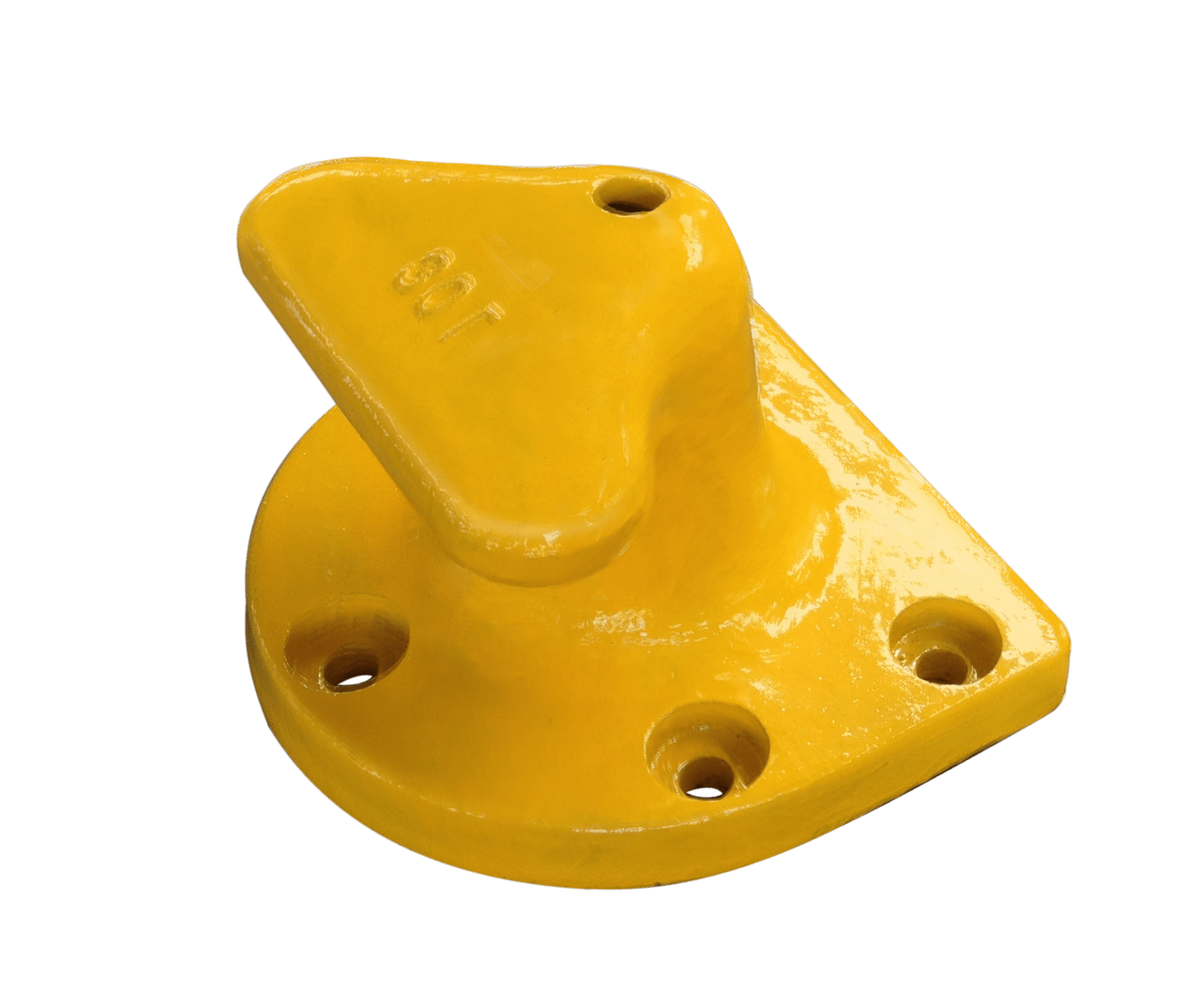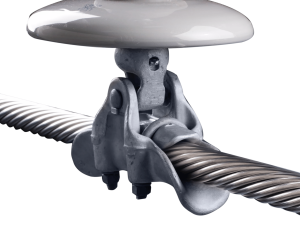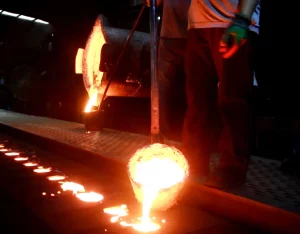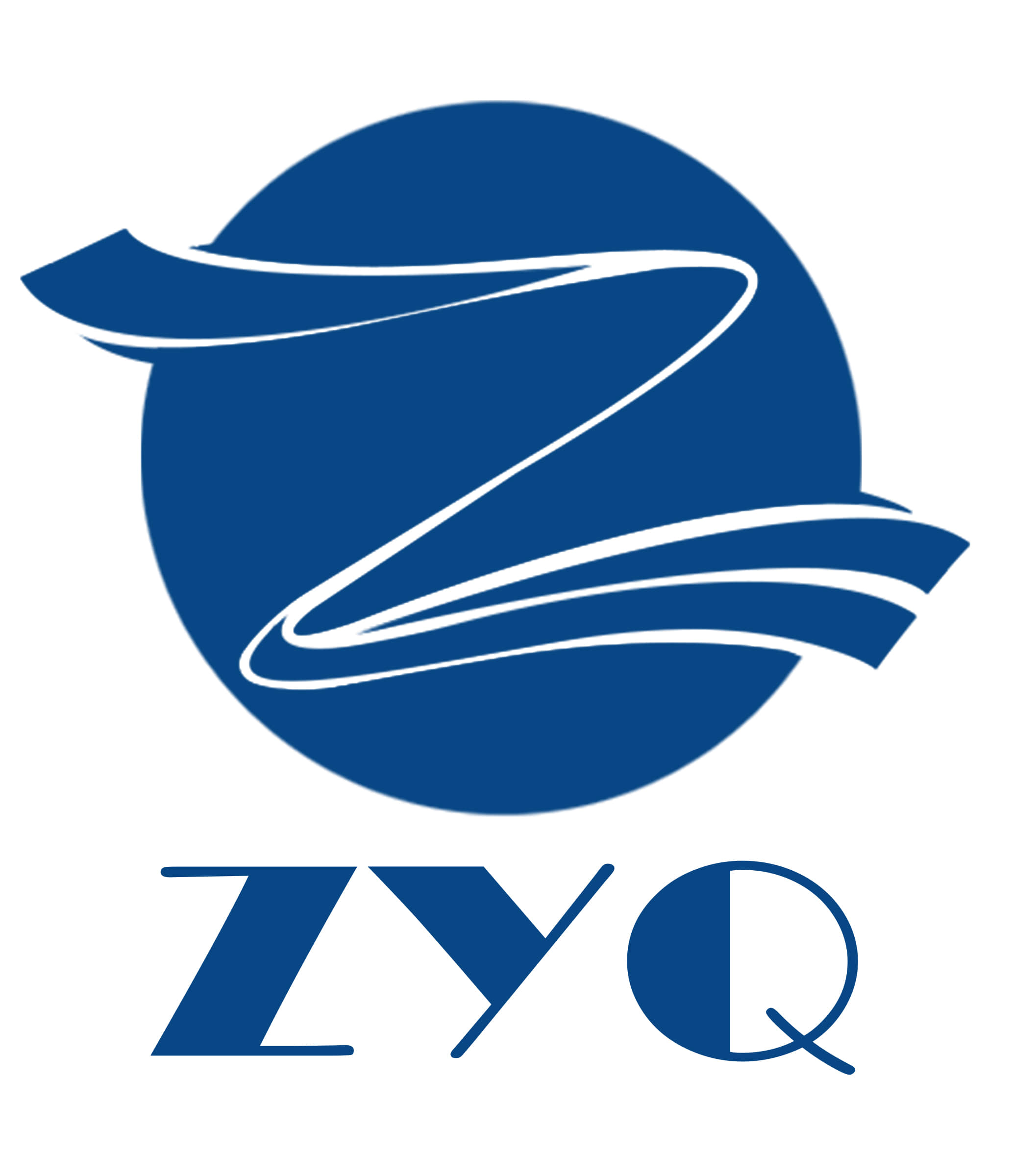Iron pipe joining parts are essential components in plumbing systems. They are used to connect different sections of pipes, allowing for the smooth flow of water, gas, and other fluids. These parts come in different shapes and sizes, and they are made from various materials such as iron, brass, and stainless steel. In this article, we will explore everything you need to know about iron pipe joining parts, including their types, applications, and maintenance.
Types of Iron Pipe Joining Parts
There are several types of iron pipe joining parts, each designed for a specific purpose. Here are some of the most common types:
1. Couplings: Couplings are used to connect two pipes of the same diameter. They come in different styles, including compression, slip-on, and threaded couplings.
2. Elbows: Elbows are used to change the direction of the pipe. They come in different angles, including 45 degrees, 90 degrees, and 180 degrees.
3. Tees: Tees are used to connect three pipes at a right angle. They come in different styles, including equal tees and reducing tees.
4. Flanges: Flanges are used to connect pipes to valves, pumps, and other equipment. They come in different styles, including slip-on, threaded, and weld-neck flanges.
5. Unions: Unions are used to connect two pipes that need to be disconnected frequently. They come in different styles, including threaded and flanged unions.
Applications of Iron Pipe Joining Parts
Iron pipe joining parts are used in various applications, including:
1. Plumbing systems: Iron pipe joining parts are used in plumbing systems to connect pipes and fittings. They are used in both residential and commercial buildings.
2. Industrial applications: Iron pipe joining parts are used in industrial applications such as oil and gas pipelines, chemical plants, and power plants.
3. Fire protection systems: Iron pipe joining parts are used in fire protection systems to connect pipes and sprinkler heads.
4. HVAC systems: Iron pipe joining parts are used in HVAC systems to connect pipes and fittings.
Maintenance of Iron Pipe Joining Parts
Proper maintenance of iron pipe joining parts is essential to ensure their longevity and prevent leaks. Here are some maintenance tips:
1. Inspect the pipes and fittings regularly for signs of corrosion, cracks, or leaks.
2. Replace any damaged or worn-out parts immediately.
3. Use the right tools and equipment when installing or repairing iron pipe joining parts.
4. Follow the manufacturer’s instructions when installing or repairing iron pipe joining parts.
5. Use the right type of pipe joining parts for the specific application.
Iron fittings are fittings mainly made of iron as the main raw material, which are components used for pipeline connection and installation, including elbows, tees, crosses, reducers, flanges, heads, pipe caps, pipe clamps, etc.
There are different classifications for iron pipe fittings, such as those classified by production methods, such as cast pipe fittings, pressed pipe fittings, etc; Classified by material, there are carbon steel, stainless steel pipe fittings, alloy steel, malleable steel pipe fittings, etc; Classified by connection method, there are socket fittings, threaded fittings, flange fittings, etc.
Iron pipe joining parts are essential components in plumbing systems, industrial applications, fire protection systems, and HVAC systems. They come in different types, including couplings, elbows, tees, flanges, and unions. Proper maintenance is essential to ensure their longevity and prevent leaks. By following the tips outlined in this article, you can ensure that your iron pipe joining parts are in good condition and functioning correctly.
All the iron pipe jonting parts we produced for customer need machining,anti-rust protection or galvanized on surface.Jointing parts sometimes need air leakage test and pressure test by third-party like SGS.









.png)
1.png)
2.png)

























-150x150.png)
1-150x150.png)
2-150x150.png)





















-3.png)


-3-300x249.png)
